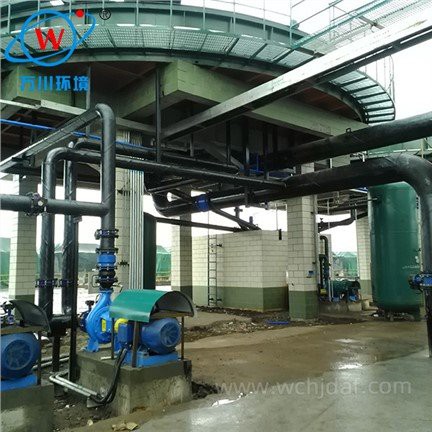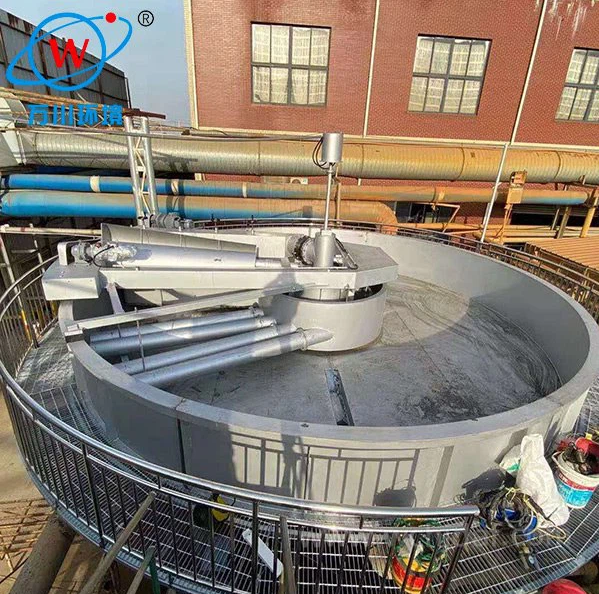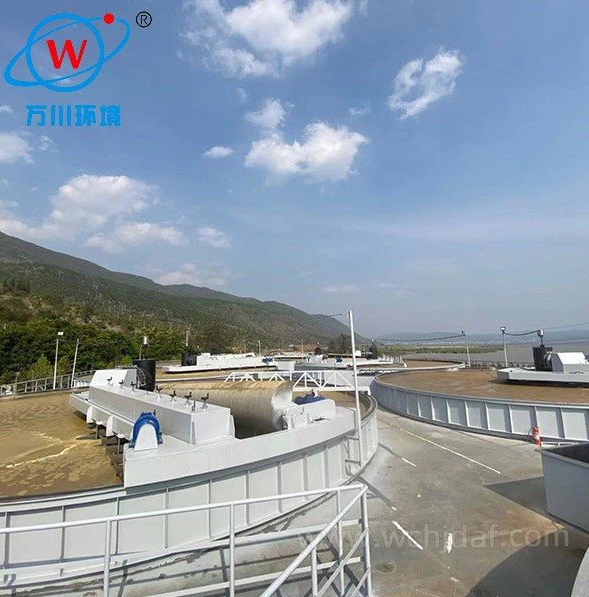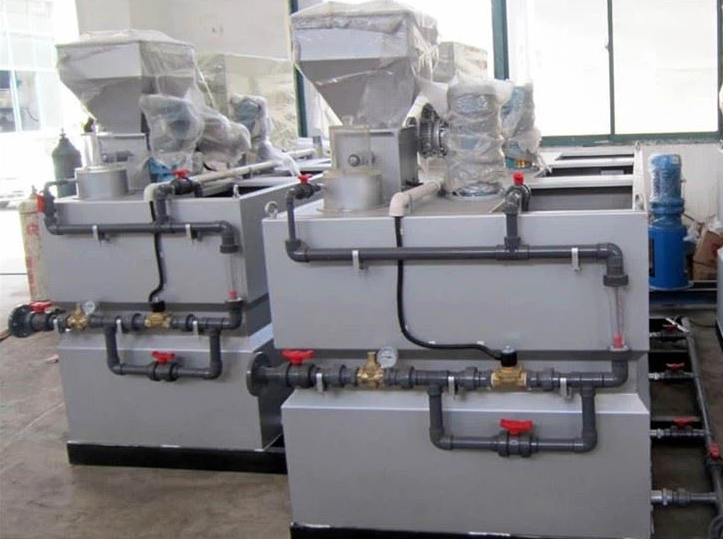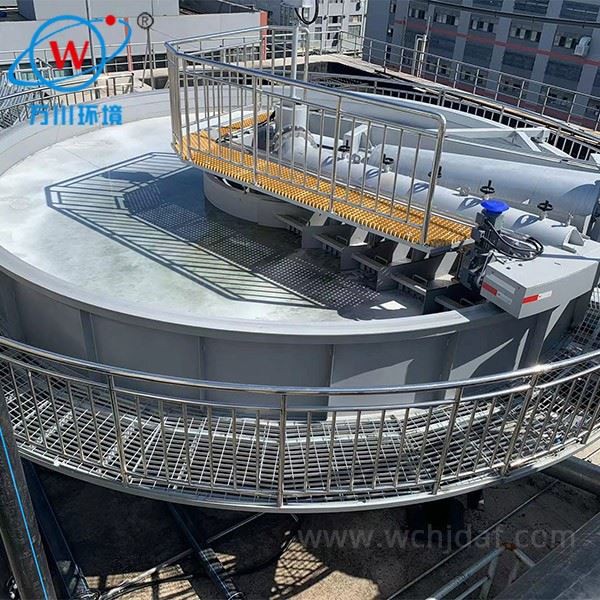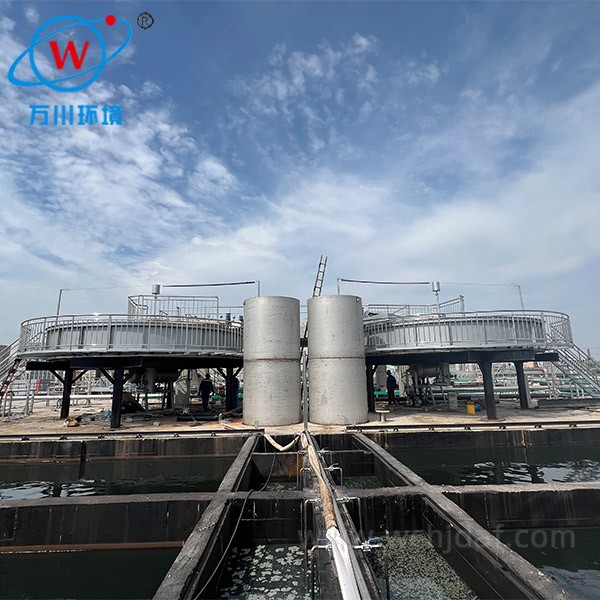Equipment Safety Operation Guidelines
1. Equipment Operation Safety
Before starting the equipment, thoroughly inspect all component connections to ensure they are secure. Loose connections may cause malfunctions during operation.
Critical Safety Measure: Strictly follow operational procedures to prevent bubble generator overload or pipe blockage due to improper operation. Immediately stop the equipment if abnormal sounds or vibrations occur during operation.
Operation Prohibitions
- Never attempt repairs or adjustments while equipment is running
- Avoid bypassing safety mechanisms or interlocks
- Do not operate with damaged or missing safety guards
2. Chemical Reagent Safety
When adding reagents during treatment processes, fully understand their chemical properties to prevent dangerous reactions from incompatible mixtures.
Essential PPE: Operators must wear appropriate protective equipment including chemical-resistant gloves and safety goggles to prevent skin contact or eye exposure.
Reagent Storage Requirements
- Store different reagent types separately in designated areas
- Maintain storage areas with proper ventilation
- Keep away from ignition sources and heat
- Regularly inspect containers for leaks or deterioration
3. Environmental Protection Safety
Ensure adequate ventilation in equipment areas to prevent accumulation of gases released during bubble rupture, which could affect air quality.
Waste Management: Process wastewater and scum according to regulations. Improper discharge may cause secondary pollution. Prevent operational wastewater leaks that could contaminate soil or water systems.
Environmental Checks
- Regularly inspect equipment seals and drainage systems
- Monitor for potential leak points
- Maintain spill containment equipment
- Keep detailed environmental monitoring records
4. System Maintenance Safety
Always disconnect power before performing equipment cleaning or maintenance. Ensure complete shutdown before beginning any work.
When removing scum or clearing pipes, avoid using sharp tools that might damage components. Be cautious of slippery surfaces in wet environments.
Maintenance Best Practices
- Establish lockout/tagout procedures
- Use proper tools for each maintenance task
- Implement fall protection in wet areas
- Maintain comprehensive maintenance logs
- Promptly address identified safety concerns

